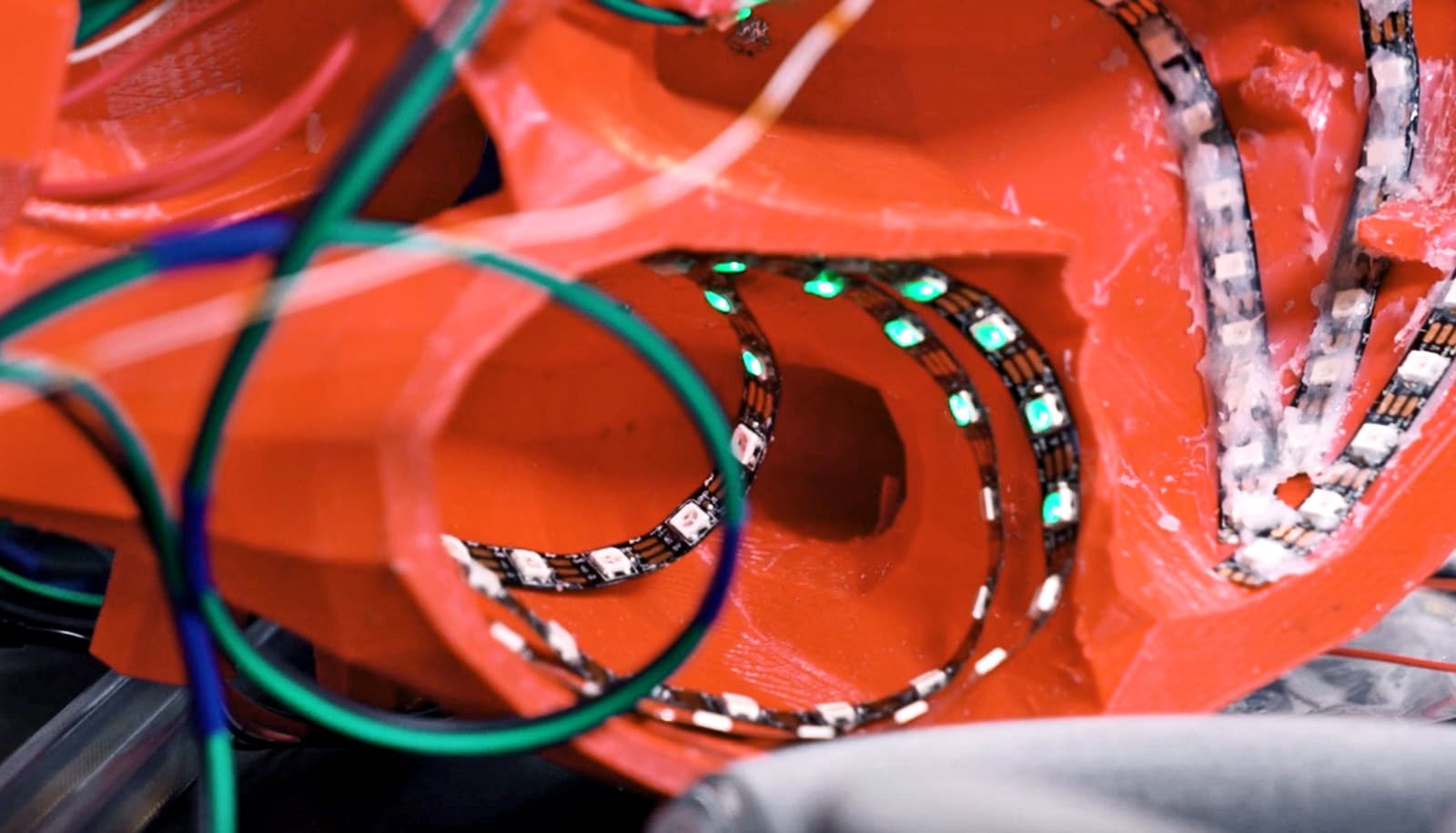A new design for a wireless pacemaker would place a network of chips the size of rice grains in various places inside the heart.
The chips would communicate with a base station located under a patient’s skin and charge via radio frequency.
When the base station sensed a problem with the heart’s rhythm, it would automatically trigger the embedded chips to release a jolt of energy timed to re-establish the heart’s normal rhythm.
Different forms of wireless and leadless pacemakers have come on the market to replace the status quo, a pulse generator located in a patient’s chest and connected to the heart via one to three wired stimulus and sensing leads.
Aydin Babakhani and colleagues at the Texas Medical Center introduced a concept for a more advanced wireless pacemaker last year that could be embedded in the heart and charged via radio frequency energy harvesting.
The aim of the new device, which a team of electrical and computer engineering seniors at Rice University developed, is to build on that technology by establishing an entire network inside the heart. The concept would use millimeter-scale chips permanently embedded within the heart.
“The current (commercial) leadless solution is a bullet-sized pacemaker with a battery that is installed inside the heart,” says team member Yoseph Maguire. “It is effective only in pacing a single chamber of the heart.”
The demo system includes a 3D printed heart with light traces triggered by programmed anomalies and sensor-simulator chips that detect problems and send data to the base station. The station then triggers stimulators to release timed jolts to adjust the heart’s rhythm.
The demo is only the first step in a long process that will continue with future teams at the Oshman Engineering Design Kitchen.
“The heart is a very unique and harsh environment for circuitry,” Maguire says. “Having it all integrated is a huge research task, so for us, just developing a proof-of-concept is enough.”
World’s tiniest pacemaker implanted without surgery
Because there are no wires, the control unit continually dribbles power to and gathers data from the heart-embedded chips through radio frequency radiation, the same technology found in common RFID tags, Maguire says. The chips would deliver 25 nanojoule charges to stimulate heart muscles.
“It’s a master-slave network,” Maguire says. “Once you have these chips positioned within the heart and covered over by scar tissue, they would communicate with the aggregator—a bigger board that has an RFID reader, takes in all the data, processes it, and relays it back to the chips.
“If things aren’t working out well in the heart, the aggregator would say, ‘Hey, guys, I need you to pace.’ They would continuously pace until the aggregator observed that things are good in all the chambers.”
That kind of network could become common as doctors seek better ways to gather real-time information from within patients’ bodies, says team member Cody Tapscott.
Chris Chivetta, Yixin Chen, Ricky Chen, and June Chen—all students from Rice—also worked on the team.
The team developed their ideas with the help of faculty advisers Joseph Cavallaro, professor of electrical and computer engineering, and Gary Woods, professor of computer technology and electrical and computer engineering, along with Texas Heart Institute cardiologists Mehdi Razavi and Brian Greet.
Could light beams replace pacemakers?
Behnaam Aazhang, a professor of electrical and computer engineering, and Yingyan Lin, a Texas Instruments visiting research assistant professor of electrical and computer engineering, contributed to the machine learning and sensing aspects of the project.
Source: Rice University



